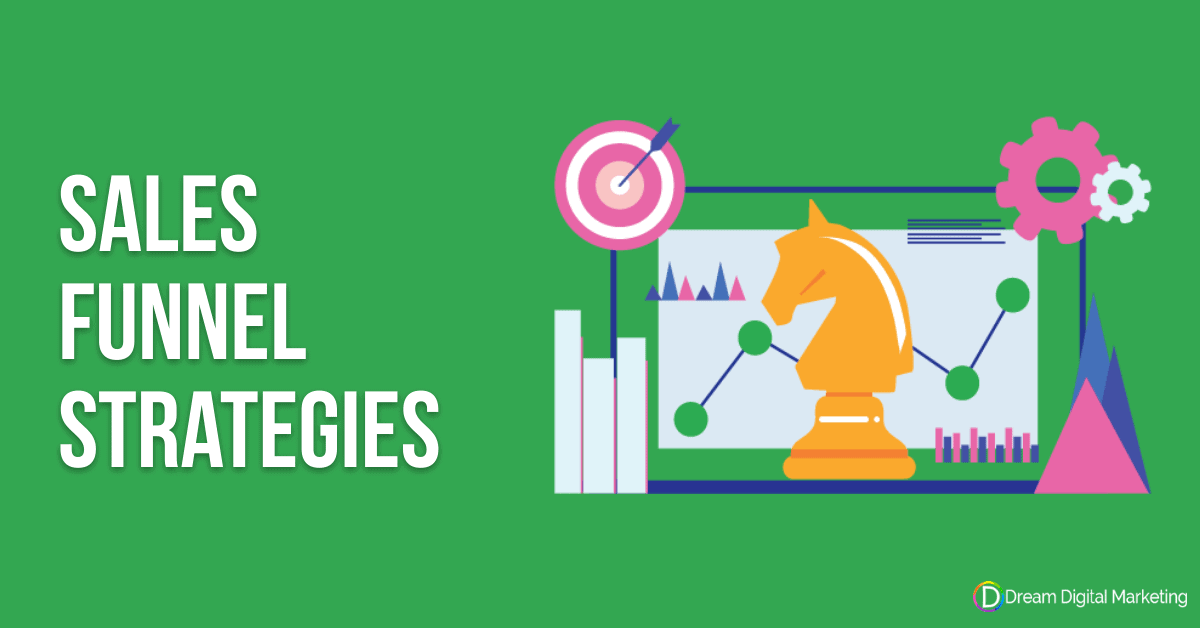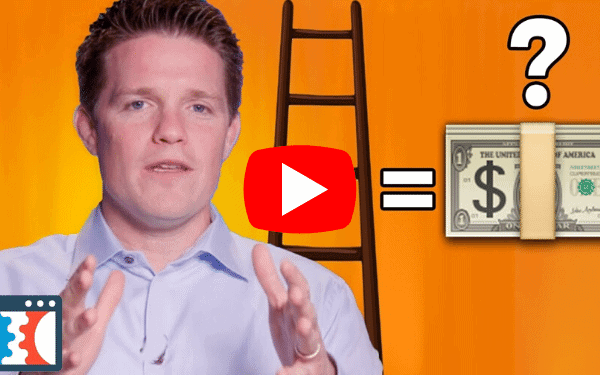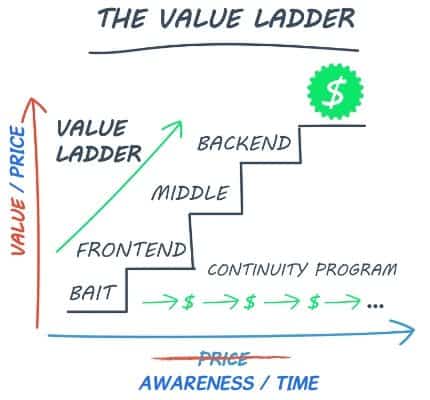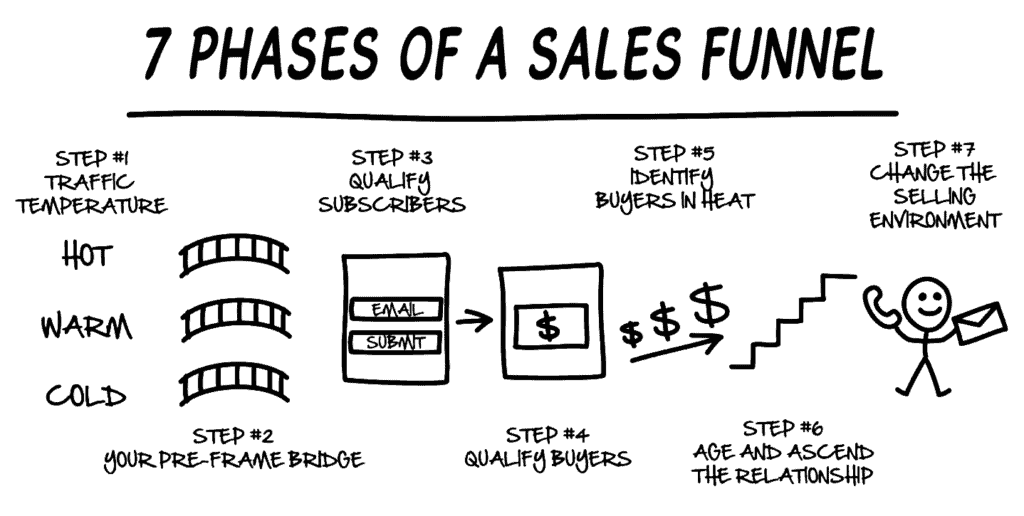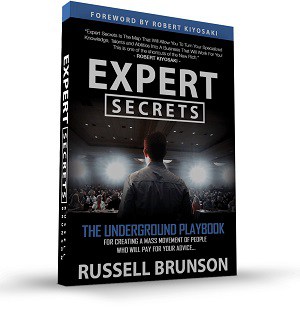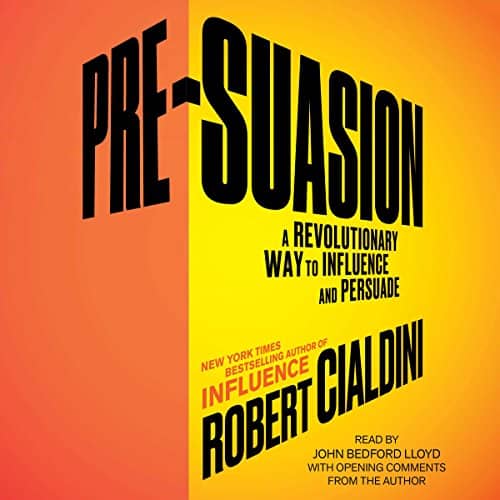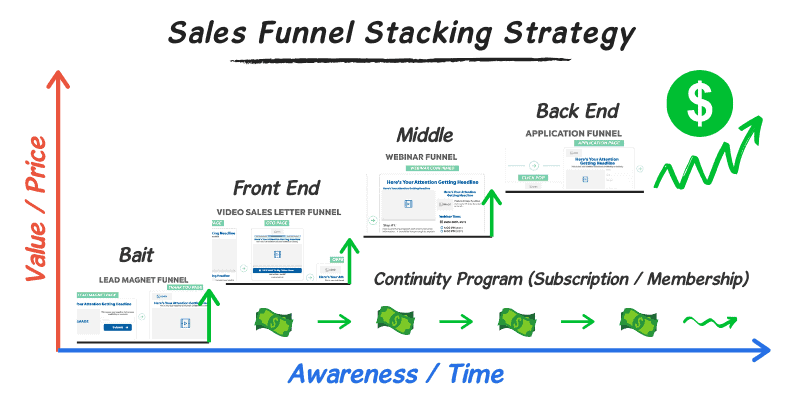In this post, I’m going to teach you the Sales Funnel Strategies used by the top digital marketers in the world.
In the Sales Funnel Stages module, you learned about the steps a stranger takes to become a customer and beyond.
But if you want to grow your business by building an effective Sales Funnel, then you also need to learn about Sales Funnel Strategies.
Jump to Content
Digital Marketing Sales Funnel Strategies
The Value Ladder Strategy
This is a Sales Funnel Strategy popularized by Russell Brunson in his book DotCom Secrets.
If you haven’t requested your free copy of DotCom Secrets… don’t waste another second reading another blog post (yes including this one!) and go request your free copy right now!
Russell Brunson places Value on the left axis, and Price on the bottom axis.
However, it’s easier to understand the Value Ladder Strategy if you add Price to the left axis and place Awareness/Time on the bottom axis.
So now that we’ve got our axeses? axisis?… 🧐 axes.
You can see that the model shows us that:
As your target market’s awareness increases… that allows you to offer higher-ticket products.
If someone has high awareness of your brand, then you should make them high-ticket offers…
But if someone has low awareness then you should offer them low-ticket items.
The Value Ladder Strategy shows how you should sequence your offers in a way that ascends people from low to high-ticket items.
This is because of one fundamental sales premise:
- It’s cheaper and easier to sell to current customers than it is to acquire a new one.
So let’s say for example you’re only selling a $100,000 service.
At $100,000, your market is limited to people who are willing and able to buy from you.
It’s going to be difficult and costly to acquire a customer at this investment level.
You’ll have high advertising, commissions, travel, gifts, meals, and entertainment expenses.
This results in a limited market and extremely high costs to acquire a customer.
Instead, what you want to do is create a series of offers, and ascend your customers from low to high-ticket offers.
Maybe your lead isn’t ready for a $100,000 commitment, but they might be ready for a $25,000 one.
By adding a lower value service, $25,000 for example, you’ll expand your market and lower your costs to acquire a customer.
Plus, you’ll have a new lead to sell the $100,000 service to, and it will be cheaper than acquiring a new customer.
Repeat that another step further.
Add another lower investment service, at $10,000.
You’ll expand your market and lower your costs to acquire a customer even more.
Plus, you’ll have a new lead to sell the $25,000 service to, and it will be cheaper than acquiring a new customer.
You get the idea…
Here’s the full example:
Free Plus Shipping Book -> $97 Course -> $297 Course -> $997 Course -> $5K Service -> $10K Service -> $25K Service -> $100,000 Service.
By adding more services at different price and value levels you will expand your customer base and lower your cost to acquire new customers.
Russell Brunson’s 7 Phases of a Sales Funnel Strategy
Before we get started…
If you haven’t requested your free copy of DotCom Secrets… don’t waste another second reading another blog post (yes including this one!) and go request your free copy right now!
Alright, let’s get started with Russell Brunson’s 7 Phases of a Funnel Strategy!
This is a Sales Funnel Strategy popularized by Russell Brunson in his book DotCom Secrets.
Russell Brunson’s 7 Phases of a Funnel, is made up of 7 distinct phases that map to the Sales Funnel Stages.
Phase 1. Determine Traffic Temperature (Awareness)
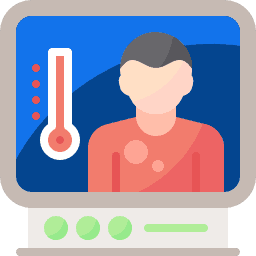
Traffic refers to the people that visit your website, and “temperature” refers to awareness.
In other words: “determine visitor awareness”.
According to legendary copywriter Gene Schwartz:
“If your prospect is aware of your product and has realized it can satisfy his desire, your headline starts with the product. If he is not aware of your product, but only of the desire itself, your headline starts with the desire. If he is not yet aware of what he really seeks, but is concerned with the general problem, your headline starts with the problem and crystallizes it into a specific need.”
Hot Traffic is made up of people who know the problem, solution, and know, like, and trust you.
Warm Traffic is made up of people who are aware of the problem and solution but may not know, like, or trust you yet.
Cold Traffic will probably be aware of the problem, but may not be aware of the solution. They will also not know about your brand, products, and not like or trust you yet.
It’s important to know your traffic’s temperature, to create the most effective Pre-Frame Bridge.
Phase 2. Pre-Frame Bridge
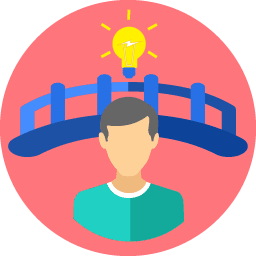
The next phase is the pre-frame bridge.
A pre-frame is the state of mind someone is in as they enter a step in your sales funnel.
Are they excited and hopeful, or sad and depressed?
Are they informed and educated enough on your solution?
A pre-frame bridge is a piece of content that makes people more receptive to the message on your landing page.
Here are examples of pre-frame bridges:
- Blog posts
- Product reviews
- Social media posts
- Emails
- Advertisements
- YouTube videos
With a pre-frame bridge… you’re pre-persuading your visitors.
If you want to know more about pre-persuading your visitors, check out Expert Secrets by Russell Brunson and Pre-Suasion by Robert Cialdini.
A Hot Traffic Bridge is typically short. These people already know, like, and trust you so you don’t have to qualify yourself or educate them on your products. A simple call-to-action like an email or social media post is enough to get them to your landing page.
A Warm Traffic Bridge is not as short as a Hot Traffic Bridge, because these people may not know, like, or trust you. Russell Brunson advises the use of third-party endorsements to get people to your landing page. This endorsement could be In the form of an email to their list or a video recommendation.
A Cold Traffic Bridge is the longest pre-frame bridge because you don’t have any awareness or trust. Typically, in this case, you’ll need to engage your target market with educational content in the form of a bridge page.
A bridge page is a webpage with content designed to pre-frame the visitor.
If someone is problem-aware, you educate them on the cause of the problem and show them the solution.
An example of a bridge page is the survey or quiz page.
On these pages, you “diagnose” their problem and present your solution. Again moving them from product-awareness to solution-awareness.
Phase 3. Qualify Subscribers
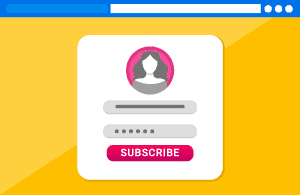
The next step is qualifying subscribers via an opt-in page.
An opt-in page is a webpage where you ask people for their contact information (an email address) in exchange for a valuable piece of content (download).
They are opting-in to your email marketing subscription list.
And now you have a new warm lead (subscriber).
Phase 4. Qualify Buyers
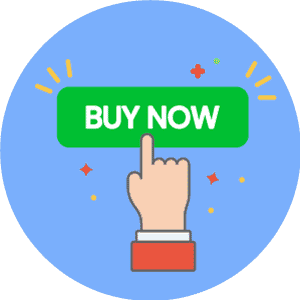
Immediately after you qualify your subscribers, you need to qualify buyers.
You need to find out who is ready to buy.
Immediately means immediately, not 1 day, not 1 hour, not 15 minutes later.
Make them an offer on the next page after they submit their email.
This should be a product in the $5 to $9 range. “Free Plus Shipping” offers are popular here.
You have now separated buyers from subscribers.
Phase 5. Identify Hyperactive Buyers
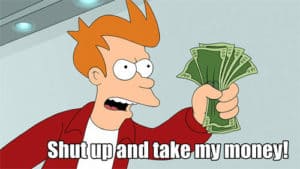
Once you’ve identified the buyers… now you want to identify the hyperactive buyers.
You want to identify buyer’s who are in “buying mode”.
To identify hyperactive buyers you need to give them the chance to buy more.
Use Upsells and Downsells to offer them more of your products, and maximize average order value.
Phase 6. Age and Ascend the Relationship
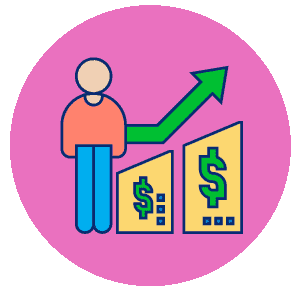
At this point, the initial sales experience is completed.
So what’s next? Well, presumably you want your buyers to keep buying from you.
To increase your Customer Lifetime Value you’ll need to age and ascend the relationship.
This phase fits with the Ascension Stage from the Sales Funnel Stages.
To age the relationship, allow some time to pass. Give your clients a chance to consume their purchases.
Continue to engage and provide value to your clients.
This is where we apply the concept of the Value Ladder. When you “ascend” your customer you offer them the next offer in your Value Ladder.
Ask your current buyers to buy more, buy at a higher price/value, or buy recurringly.
Phase 7. Change the Selling Environment
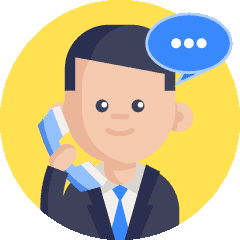
As you age and ascend the relationship, eventually you will get to a point where you’re selling super-expensive services.
At this point, it’s no longer optimal to sell directly online.
No matter how much someone likes and trusts you, they probably won’t be comfortable clicking a $15,000 “buy now” button.
You will have to change the selling environment to phone sales, direct mail, in-person, or live-events.
Sales Funnel Stacking Strategy
This is a Sales Funnel Strategy popularized by Russell Brunson in his book DotCom Secrets.
If you haven’t requested your free copy of DotCom Secrets… don’t waste another second reading another blog post (yes including this one!) and go request your copy right now!
“Funnel stacking” is the “stacking” funnels to ascend your customer through the Value Ladder.
Recall from The Value Ladder Strategy and Phase 6. Age and Ascend the Relationship that we ascend our leads and buyers to the next step in the Value Ladder.
The type of funnel we use to ascend them will depend on the current level they are in.
For example:
If they are on the first level, we start with a lead magnet or low-ticket offer.
We will use a Lead Funnel or a Free Plus Shipping Funnel.
These are our Front-End Funnels.
Front-End Funnels
Front-end funnels generate leads, and buyers profitably using entry-point-offers (EPO).
The goal of a Front-End Funnel is just to break-even, the money is made with the middle and back-end funnels. Of course, if you make a profit that’s even better.
Examples of Front-End Funnels:
- Lead Magnet Funnel
- Squeeze Page Funnel
- Reverse Squeeze Page Funnel
- Tripwire / Entry Point Offer / Self Liquidating Offer Funnel
Middle Funnels
Middle funnels ascend users from front-end to middle offers. They’re used in the Ascend Stage. Recall, in the Ascend Stage, you are asking your customers to buy more or buy more often.
Use the following funnels to ascend customers:
Back-End Funnels
Back-end funnels ascend users from middle to high-value offers.
Depending on the investment level, you might need to change the selling environment from online to offline and qualify your customers further.
Use the following funnels to ascend customers:
- Application Funnel – qualify and close leads on a live call.
- Summit Funnel – get registrations to live events.
Conclusion
In this post, I covered several Sales Funnel Strategies including…
- The Value Ladder Strategy
- Russell Brunson’s 7 Phases of a Sales Funnel Strategy
- Sales Funnel Stacking Strategy
These are digital marketing sales funnel strategies that turn people into qualified leads and buyers.
If you want to launch a Sales Funnel that generates leads and sales for you on auto-pilot 24/7, grab your free Sales Funnel resources to get started!
